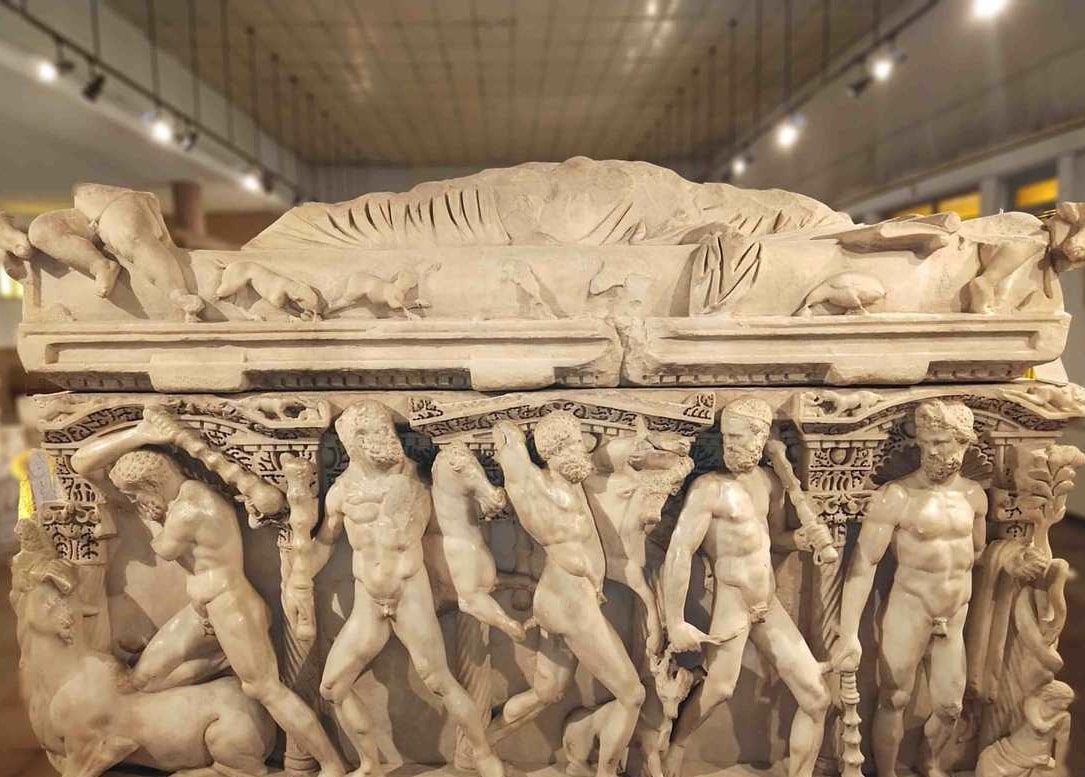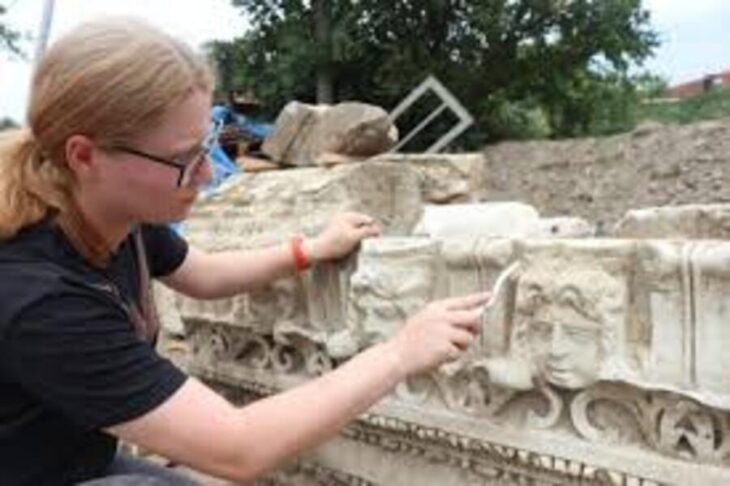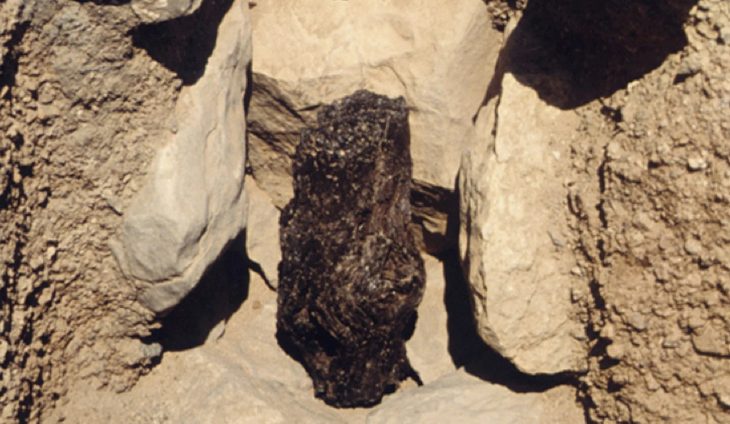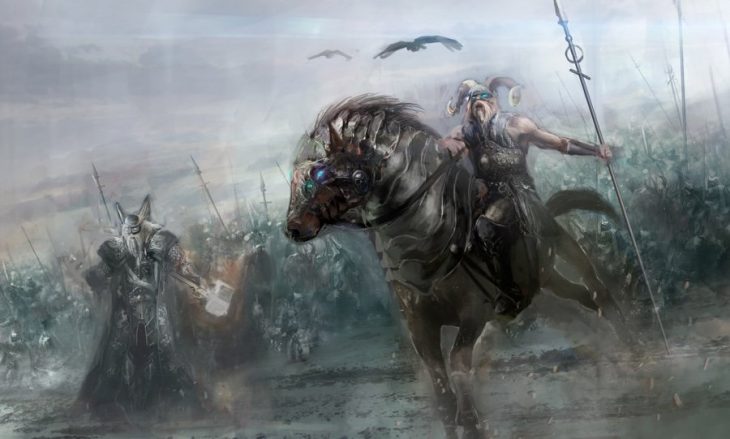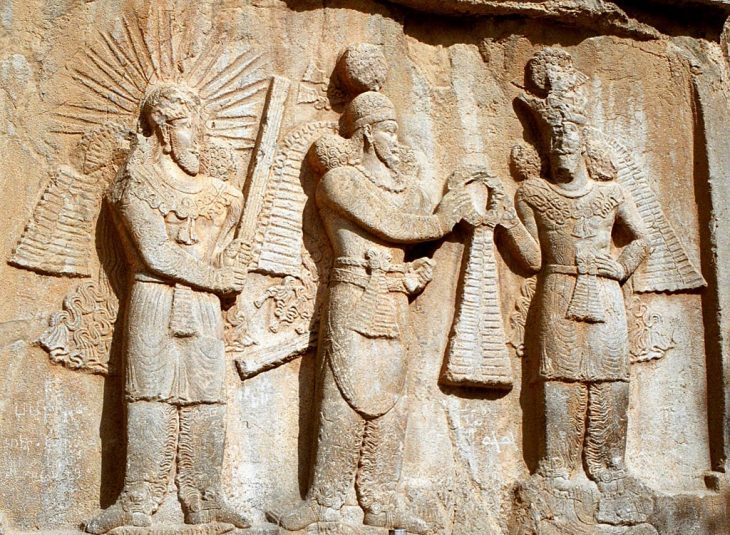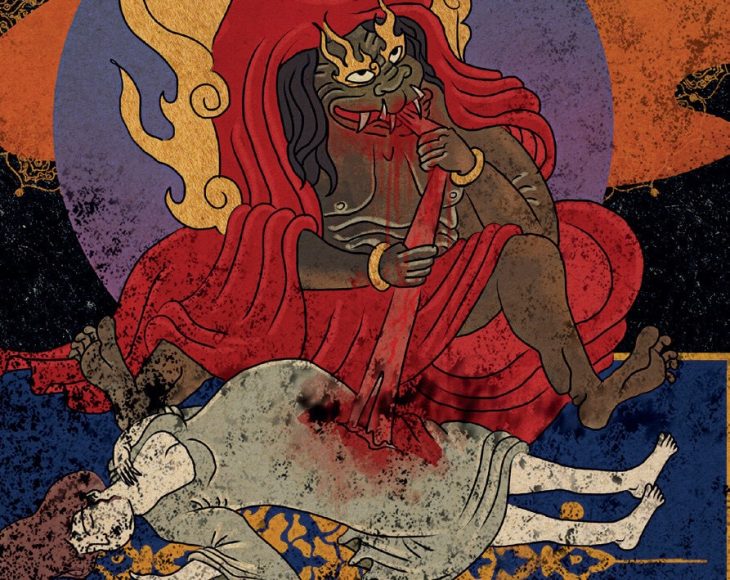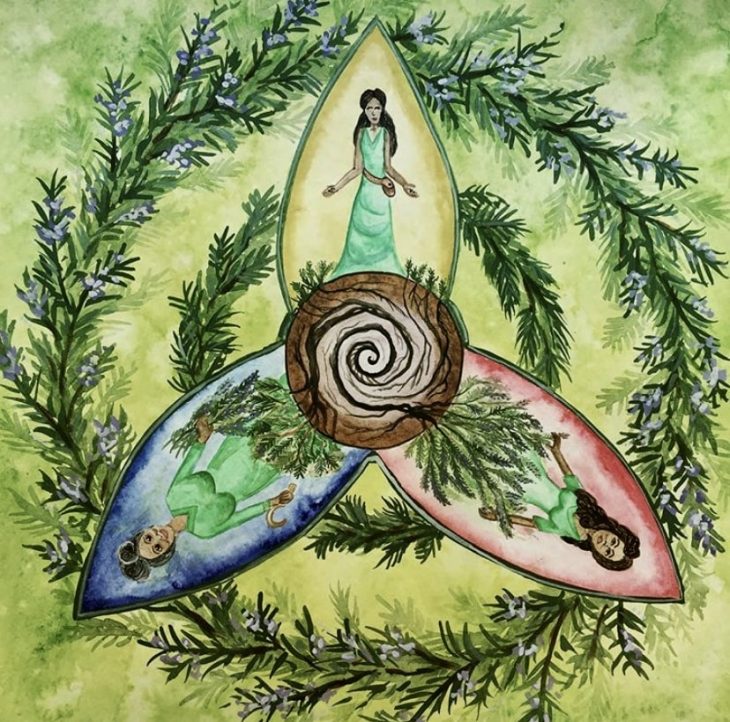Konya Archeology Museum exhibited and The sarcophagus, which depicts the scenes known as the Twelve Labours of Heracles in mythology is known as the best work made with the high relief technique ever found.
The sarcophagus was found by chance by a farmer in the Yunuslar village of Beyşehir district of Konya in 1958. Two skeletons belonging to a woman and a man were found inside the sarcophagus, which was dated to the Roman period (between 220-260 AD), but no information was found about the owner of the sarcophagus.
The sarcophagus weighing 8 tons is 250 cm long, 130 cm wide, and 170 cm high. It is one of the Sidamara type sarcophagi and is one of the most valuable artifacts in the Konya Archeology Museum.
The 12 Labours of Heracles in mythology
The 12 Labours of Heracles, which are the subject of such sarcophagi, which are rarely found in Anatolia, are mentioned in mythology as follows.

Heracles, (also Herakles, or Hercules to the Romans) appears in countless myths in Greek mythology. Unlike most demigods, Heracles was eventually elevated to godhood. Many of the great families of Greece and Rome traced their ancestry back to Heracles.
Hercules/Heracles’s father was Zeus, and his mother was The daughter of the king of Mycenae is the mortal princess Alcmene. Zeus was married to Hera, the goddess when he fathered Hercules to Alcmene.
Hera was vengeful and hated Heracles because he reminded Hera of her unfaithful husband, Zeus.
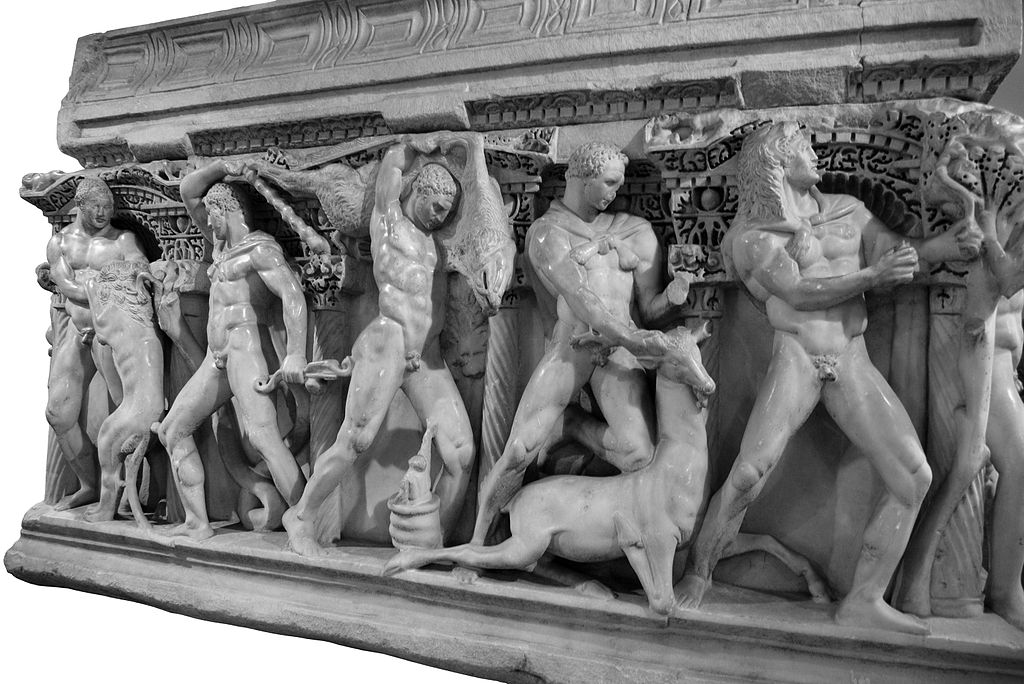
Hera, who could not bear the strong nature of Heracles and the fact that he was a very popular child among people, sends snakes on Heracles, but Heracles somehow gets rid of them.
Hercules grew up and married and had many children. Knowing how much Hercules loved his wife and children, Hera sent madness upon Hercules that caused him to kill his wife and children, taking away everything that Hercules loved.
Heracles, who was born as a product of Zeus’ dream of creating a hero who would help the suffering people and gods, when he had a nervous breakdown with this madness that Hera had sent on him, could become a complete monster. So much so that in one of these crises, he killed his teacher who taught him to play the lyre; in another crisis, he had slaughtered his children and wife with arrows.
When Hercules regains his sensibility, he realizes what he has done to his family, and he is overcome with grief. Hercules turned to Apollo, a god who could offer healing, knowledge, and prophecy. Apollo told Hercules that he must serve Eurystheus, king of Tiryns, to make up for his wrongdoings.
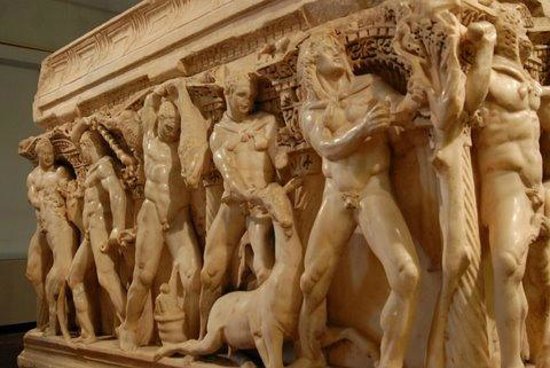
King Eurystheus was someone who seized the throne of Heracles with a game with the Goddess Hera. And he fears that Heracles, who was assigned to serve him for 10 years, will one day seize his throne. In order not to lose the throne, Eurystheus decides to send him to missions that will end in death, but he cannot prevent Heracles from successfully exiting the 12 jobs he ordered.
12 Labours that Eurystheus ordered to Heracles
These 12 labors were depicted on sarcophagi built by wealthy people who had prominent status in Roman society. We can list the 12 labors that Eurystheus has uploaded to Heracles as follows.
1. Slay the Nemean Lion.
2. Slay the Lernean Hydra.
3. Capture the Golden Hind.
4. Capture the Erymanthian Boar.
5. Clean the Stables of King Augeas.
6. Defeat the Stymphalian Birds.
7. Capture the Cretan Bull.
8. Bring Back the Mares of Diomedes.
9. Obtain the Belt of Hippolyta.
10. Obtain the Cattle of Geryon.
11. Bring the Golden Apples of Hesperides.
12. Capture Cerberus.

